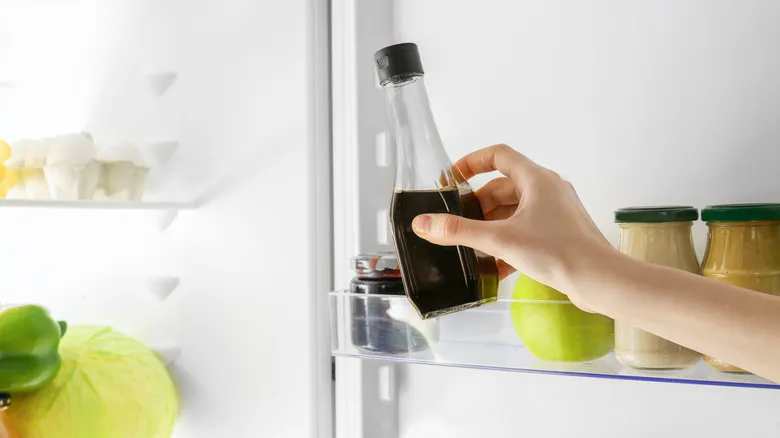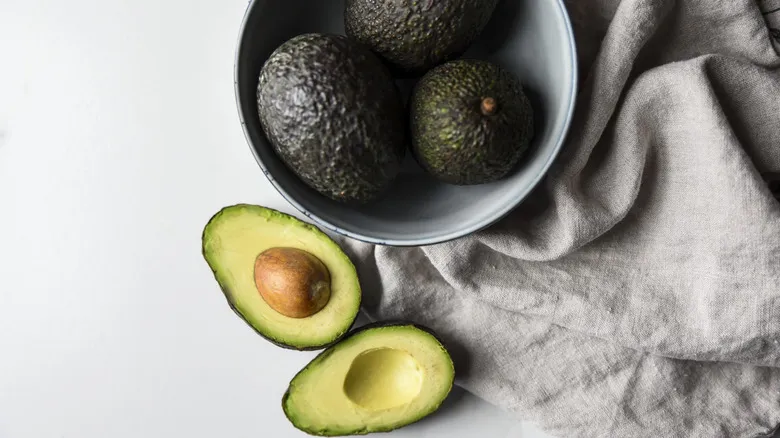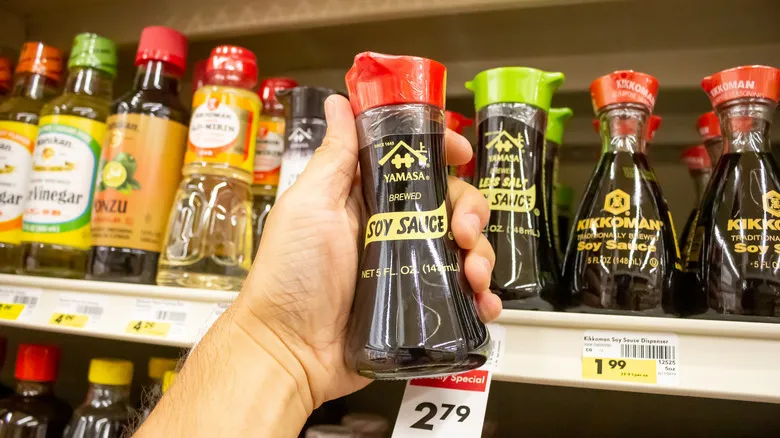While not essential, refrigeration is recommended for most soy sauce

With the wide range of soy sauce varieties available, the optimal storage method and duration largely depend on the specific type you possess. For instance, lighter soy sauces tend to have a saltier taste, making their storage time less critical for flavor. However, one universal rule applies: keep all soy sauces away from light and heat. Storing them in a cool, dark location will help preserve their flavor. Beyond that, it's important to consider the specific type of soy sauce you have.
If you've invested in a premium, aromatic soy sauce like Japanese marudaizu shoyu, it's wise to refrigerate it. Unless you plan to use it all within a month of opening, leaving it out could lead to a decline in flavor. The same goes for soy sauces with numerous additives, such as the thick Indonesian kecap manis, which contains sugar and spices. The further a sauce deviates from its basic fermented formula—something that occurs more rapidly at room temperature—the higher the chances of it developing an unpleasant taste over time.
Additionally, check the label on your soy sauce; some may contain preservatives, which can alleviate concerns if your fridge is already full. If you come across an old opened bottle, always give it a sniff. If it smells off, remember that there’s a simple soy sauce substitute likely in your pantry. After all, soy sauce is both affordable and widely available, so it’s not worth taking any risks. Keep these tips in mind, and you’ll ensure your sticky soy steak bites are nothing short of delicious.
Recommended

Should You Store Avocados At Room Temperature Or In The Fridge?

Is It Safe To Eat Dented Canned Food?

The Tell-Tale Sign Your Pint Of Ice Cream Melted And Refroze (And Why It Matters)

Next Time You Have Too Many Lemons, Try This Moroccan-Style Of Preservation
Next up

